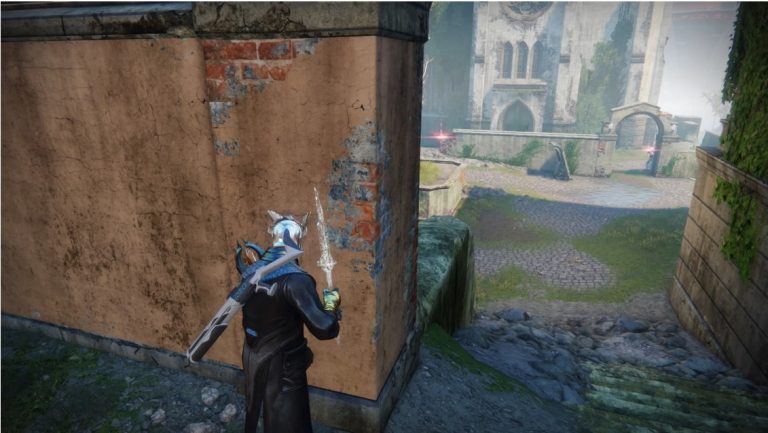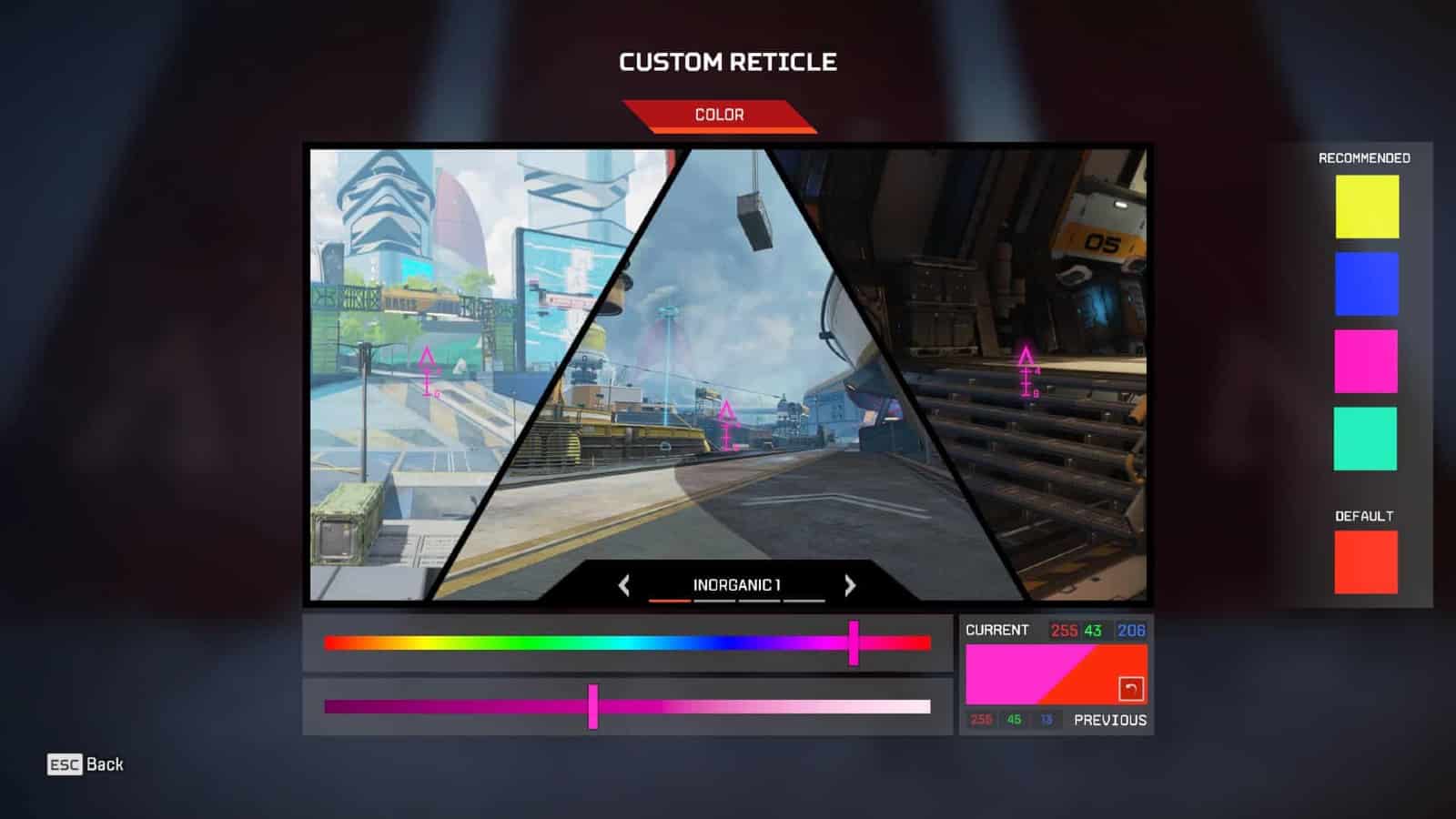_The thought came across my mind, how does accessibility handle in online and competitive games? In an MMO (Massively Multiplayer Online Game), how can these games accommodate accessibility features, just besides a colorblind setting or UI scaling? Turns out, there is a limit of accessibility in these games, because some issues just can’t be worked around.
Some examples, where some things can be addressed do exit though:
_Any customization, which do not add any unfair advantage to the game for some users. Like reconfiguring your controls, customizing colors or sizes of UI elements, or even change little details in the game, like in shooters, change the color of the reticle – like in APEX LEGENDS.

_Entry barriers on lower levels of play can be helpful in many games, like matchmaking of similar ranked players, say by level or skill. Yet the later, also known as SBMM (skill-based match making) often leads to more frustration than satisfaction with players due to it’s basic logic: if you play very good in some games in a row, the algorithm deems you more skillful and matches you with people which it thinks are equal to you now – yet you might have just gotten a lucky streak, and now you actually are being paired with players which are way more invested in the game and proceed to walk all over you for some rounds. Only for the algorithm to realize its misinterpretation of your skill level and putting you back to the rather less invested people – which you best again with ease and the cycle begins anew. The system might work in theory, but in the practical world its just an awful up and down rubber banding. Matching people by level often can go awry if the game allows an easy access to a new account, giving the opportunity to a frowned upon practice called ‘smurfing’. Here a player of a very high level of play creates a new account and abuses the system, which deems them as a new player, a beginner, and matches them with other – often real – beginners. This leads to the player absolutely destroying the fun for the beginners with the massive skill gap between the two parties and leaving the new one rather unsatisfied with their performance, which is immediately projected onto the game and the dissatisfaction with the game itself drives new players away.
_Other ways to lighten up entry barriers in games can be features which help players in lower levels of play but in higher levels of play turns out more than a burden and disadvantage. For example, aim assist, which helps new players acquire targets more easily by slightly adjusting their aim to stay or snap to targets can be beneficial to them, while in higher levels this slow, and less accurate method is easily bested and faster with a player manually aiming. Actually, in these high levels often the slight and trailing adjustments by the algorithm leads the players unintentionally loosing their aim on the target, because an adjustment which had to be done several milliseconds ago, which was already corrected and accounted for by the player comes way to late and results in an unwanted adjustment – ultimately losing the target for a brief moment. And this little moment can be defining in competitive gaming.
_Matchmaking isn’t a lost cause yet because players can be matched on other deciding factors. Like in GTA V, only players who chose to play with auto-aim on get paired together. Or in HALO REACH players with enabled voice communications will play together and in PUBG players who play in third person instead of first person will go against each other. This is because of a mechanic called ‘third person peeking’. If a player with third person view enabled hides behind cover, they can look over the cover with their camera, while their body stays hidden. An approaching enemy would not know that they have already been spotted, since the players camera is invisible to the enemy.


Some competitive games, which feature certain moments where a third person instead a first-person view, they activate a so called ‘anti-peek’ function – it hides every other dynamic gameobjects, which are currently not able to be seen from the point of the character which just switched to 3rd person (e.g., APEX LEGENDS when using emotes).

_To sum up, designing multiplayer games within the aspect of accessibility can be very hard, because sadly, some competitive games are made not to be easily accessible by everyone in their core, which isn’t their fault – it’s just in their nature, so to say. But every other factor besides these core mechanics, which can be made more accessible in this game is a step further and should be done without a second thought spent.
_Literature & Resources
